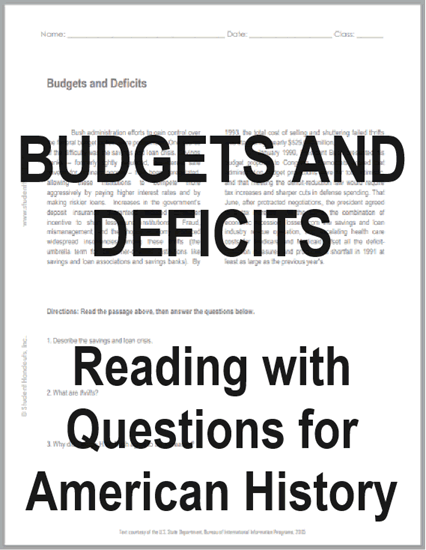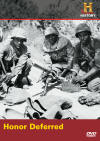Bush administration efforts to gain control over the federal budget deficit, however, were more problematic. One source of the difficulty was the savings and loan crisis. Savings banks – formerly tightly regulated, low-interest safe havens for ordinary people – had been deregulated, allowing these institutions to compete more aggressively by paying higher interest rates and by making riskier loans. Increases in the government's deposit insurance guaranteed reduced consumer incentive to shun less-sound institutions. Fraud, mismanagement, and the choppy economy produced widespread insolvencies among these thrifts (the umbrella term for consumer-oriented institutions like savings and loan associations and savings banks). By 1993, the total cost of selling and shuttering failed thrifts was staggering, nearly $525,000-million.
In January 1990, President Bush presented his budget proposal to Congress. Democrats argued that administration budget projections were far too optimistic, and that meeting the deficit-reduction law would require tax increases and sharper cuts in defense spending. That June, after protracted negotiations, the president agreed to a tax increase. All the same, the combination of economic recession, losses from the savings and loan industry rescue operation, and escalating health care costs for Medicare and Medicaid offset all the deficit-reduction measures and produced a shortfall in 1991 at least as large as the previous year's.
Directions: Read the text above, then answer the questions below.
1. Describe the savings and loan crisis.
2. What are thrifts?
3. Why did George H.W. Bush agree to tax increases?
Click here to print this worksheet. Answers will vary.
|











